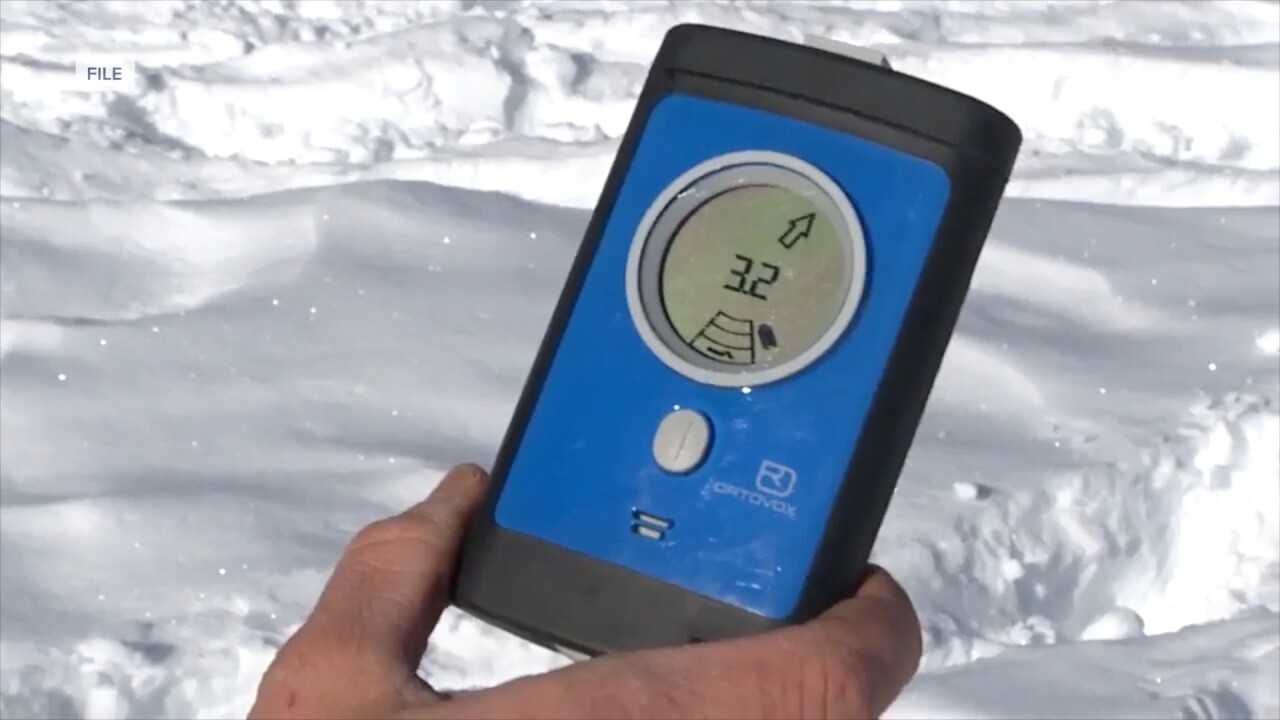KETCHUM, Idaho — Avalanches happen on slopes greater than 30 degrees, and that was evident around Sun Valley as avalanches came crashing down this week on steep slopes all around the region.
RELATED |"It's kind of scary right now." Sun Valley residents weather storms and avalanches
The Sawtooth Avalanche Center recommends that people steer clear of the backcountry this weekend because dangerous avalanche conditions remain.
"While the danger won’t be anywhere near what it was, it will still be really scary," said Scott Savage, the Director of the Sawtooth Avalanche Center. "What will be different, is you won’t trigger avalanches on every slope, but when you do find that slope, the avalanche is going to be just as big and do just as much damage."
Idaho has tremendous resources when it comes to avalanche conditions whether it is the Payette Avalanche Center or the Sawtooth Avalanche Center, their daily forecast should be the start of any adventure in the backcountry.
However, there are some things that people should do anytime they venture into avalanche terrain. Those include not going out alone, carrying an avalanche transceiver, a probe, a shovel and also knowing how to use these important safety items.
Avalanche Beacon Training Parks are located throughout the region, there are four of them around Sun Valley. McCall has one and most ski resorts do as well, including Bogus Basin.

When it comes to avalanches knowledge is power. You can never learn enough about the dynamic environment of the backcountry. Doing research, taking classes, and practicing are key elements to minimize risk in avalanche country.
"Any time you get the chance to go to a live class or a live event, even if it is just avalanche awareness, you will learn a ton," said Savage. "If I could tell people three different things: one - get the forecast, two - get the training, and the third is - get the gear."

Avalanches happen on steep slopes greater than 30 degrees. People can avoid dangerous situations if they stay off these slopes, but they also need to be aware of their surroundings.
For example, cross-country skiing or snowmobiling in a meadow is pretty safe, unless that activity is happening underneath a steep slope. But how do people know if a slope is steeper than 30 degrees?

"That’s about as steep as a black ski run at a ski area," said Savage. "So you want to skip to intermediate terrain, something that is as steep as that blue run at your local ski area and you are generally going to be doing ok."
I'm scared of avalanche terrain so I spend my winter at the ski resort where they perform avalanche mitigation for me. But everyone should make their own evaluation measuring their skill level with the forecast to determine their own risk assessment.




